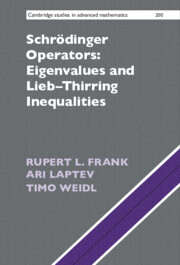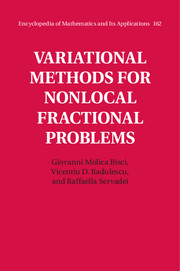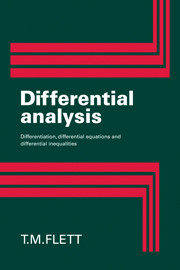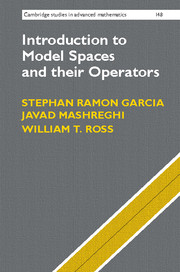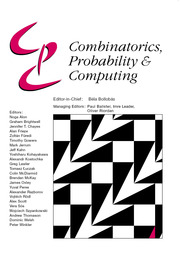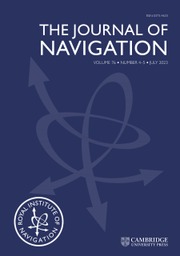Schrödinger Operators: Eigenvalues and Lieb–Thirring Inequalities
The analysis of eigenvalues of Laplace and Schrödinger operators is an important and classical topic in mathematical physics with many applications. This book presents a thorough introduction to the area, suitable for masters and graduate students, and includes an ample amount of background material on the spectral theory of linear operators in Hilbert spaces and on Sobolev space theory. Of particular interest is a family of inequalities by Lieb and Thirring on eigenvalues of Schrödinger operators, which they used in their proof of stability of matter. The final part of this book is devoted to the active research on sharp constants in these inequalities and contains state-of-the-art results, serving as a reference for experts and as a starting point for further research.
- Contains complete proofs of all assertions to facilitate self-study and remain accessible for students with no previous exposure to the material
- Detailed presentation of examples, familiarizing readers with concepts and techniques before they are discussed abstractly
- Includes recent research results (published only in 2021), providing jumping-off points for future research in this active area
Reviews & endorsements
'In 1975, Lieb and Thirring proved a remarkable bound of the sum of the negative eigenvalues of a Schrödinger operator in three dimensions in terms of the L^{5/2}-norm of the potential and used it in their proof of the stability of matter. Shortly thereafter, they realized it was a case of a lovely set of inequalities which generalize Sobolev inequalities and have come to be called Lieb-Thirring bounds. This has spawned an industry with literally hundreds of papers on extensions, generalizations and optimal constants. It is wonderful to have the literature presented and synthesized by three experts who begin by giving the background necessary for this book to be useful not only to specialists but to the novice wishing to understand a deep chapter in mathematical analysis.' Barry Simon, California Institute of Technology
'In a difficult 1968 paper Dyson and Lenard succeeded in proving the 'Stability of Matter' in quantum mechanics. In 1975 a much simpler proof was developed by Thirring and me with a new, multi-function, Sobolev like inequality, as well as a bound on the negative spectrum of Schrödinger operators. These and other bounds have become an important and useful branch of functional analysis and differential equations generally and quantum mechanics in particular. This book, written by three of the leading contributors to the area, carefully lays out the entire subject in a highly readable, yet complete description of these inequalities. They also give gently, yet thoroughly, all the necessary spectral theory and Sobolev theory background that a beginning student might need.' Elliott Lieb, Princeton University
Product details
No date availableAdobe eBook Reader
9781009218443
0 pages
Table of Contents
- Overview
- Part I. Background Material:
- 1. Elements of operator theory
- 2. Elements of Sobolev space theory
- Part II. The Laplace and Schrödinger Operators:
- 3. The Laplacian on a domain
- 4. The Schrödinger operator
- Part III. Sharp Constants in Lieb–Thirring Inequalities:�5. Sharp Lieb–Thirring inequalities
- 6. Sharp Lieb–Thirring inequalities in higher dimensions
- 7. More on sharp Lieb–Thirring inequalities
- 8. More on the Lieb–Thirring constants
- References
- Index.

